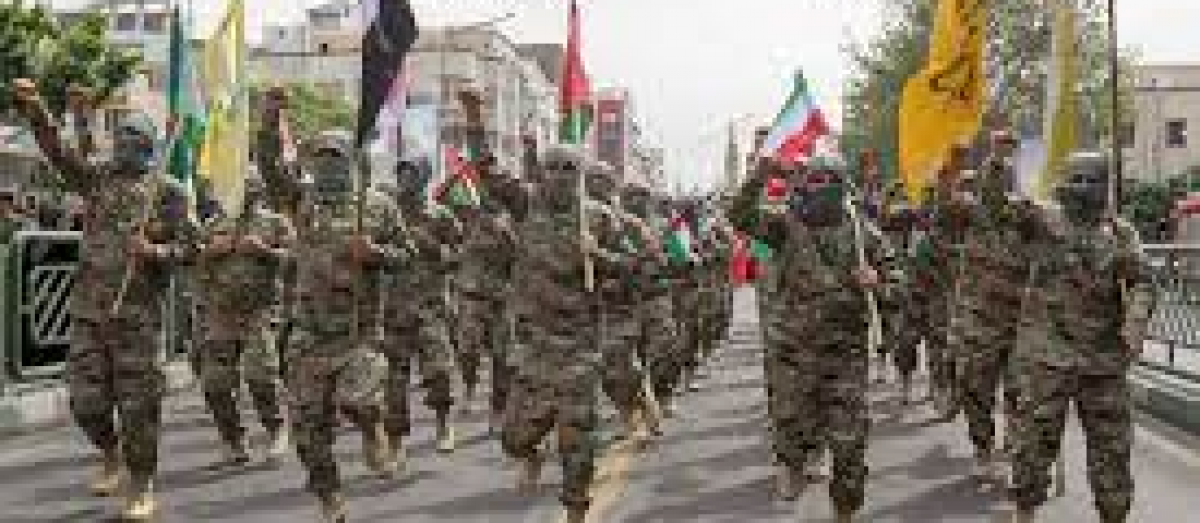Iraq, since the U.S.-led invasion in 2003, has seen the emergence of various militant groups, each with distinct ideologies, objectives, and external affiliations. The following list outlines some of the most prominent terror and militia groups that have been active in Iraq:
- Islamic State of Iraq and Syria (ISIS):

- Ideology: Sunni Islamist, Jihadist
- Objectives: Establish a caliphate based on an extremist interpretation of Sharia law.
- Activities: Notorious for its brutal tactics, including beheadings, mass executions, and terrorist attacks globally.

- Al-Qaeda in Iraq (AQI):
- Ideology: Sunni Islamist, Jihadist
- Objectives: Expel foreign forces from Iraq, overthrow the government, and create an Islamic state.
- Activities: Conducted numerous high-profile bombings, assassinations, and attacks against civilian and military targets.
- Kata’ib Hezbollah (KH):
- Ideology: Shia Islamist
- Objectives: Promote Iranian interests, oppose U.S. presence, and strengthen Shia political dominance.
- Activities: Attacks on U.S. and coalition forces, involvement in the Syrian civil war, and political manipulation through violence and intimidation.
- Asa’ib Ahl al-Haq (AAH):
- Ideology: Shia Islamist
- Objectives: Establish Shia political dominance, support Iran’s regional policies.
- Activities: Rocket and mortar attacks on U.S. and coalition bases, kidnapping, and sectarian killings.
- The Mahdi Army (Jaysh al-Mahdi):
- Ideology: Shia Islamist
- Objectives: Initially, to oppose coalition forces and later to fight Sunni insurgents; currently rebranded as the Peace Companies.
- Activities: Insurgency against coalition forces, sectarian violence, and maintaining social order in Shia areas as a self-appointed militia.
- Badr Organization:
- Ideology: Shia Islamist
- Objectives: Support Iranian influence, integrate into Iraqi political and security structures.
- Activities: Political participation, clashes with ISIS, and provision of social services within Shia communities.
- Ansar al-Islam:
- Ideology: Sunni Islamist, Salafist
- Objectives: Overthrow the Kurdish government in northern Iraq and establish an Islamic state.
- Activities: Guerrilla warfare against Kurdish forces, suicide bombings, and coordination with other jihadist groups.
- Ansar al-Sunnah:
- Ideology: Sunni Islamist
- Objectives: Establish an Islamic state and oppose the U.S. and Iraqi government.
- Activities: Car bombings, assassinations, and attacks against Iraqi security forces and Shia civilians.
- Islamic Army in Iraq (IAI):
- Ideology: Sunni nationalist and Islamist
- Objectives: End U.S. occupation and prevent Iranian influence.
- Activities: Kidnappings, sniper attacks, and bombings aimed at coalition forces and those perceived as collaborators.
- The Popular Mobilization Forces (PMF):
- Ideology: Shia Islamist, though not a single entity but a coalition of various militias.
- Objectives: Fight against ISIS and bolster the strength of Shia groups within Iraq.
- Activities: Played a key role in the fight against ISIS, and now a significant political and military force in Iraq.
- The Knights of the Righteousness (Firqat al-Mawt):
- Ideology: Shia Islamist
- Objectives: Fight against ISIS and promote Shia influence.
- Activities: Insurgent activities and fighting against ISIS in coordination with the Iraqi government.
It’s important to note that these groups often evolve, with changes in their names, objectives, and levels of activity. Some may engage in local governance or political processes, while others remain committed to armed opposition against perceived enemies. The list is not exhaustive and reflects a snapshot of the most prominent groups up to my last update in April 2023. The status and composition of these groups can change rapidly due to the volatile nature of conflict and politics in the region.



